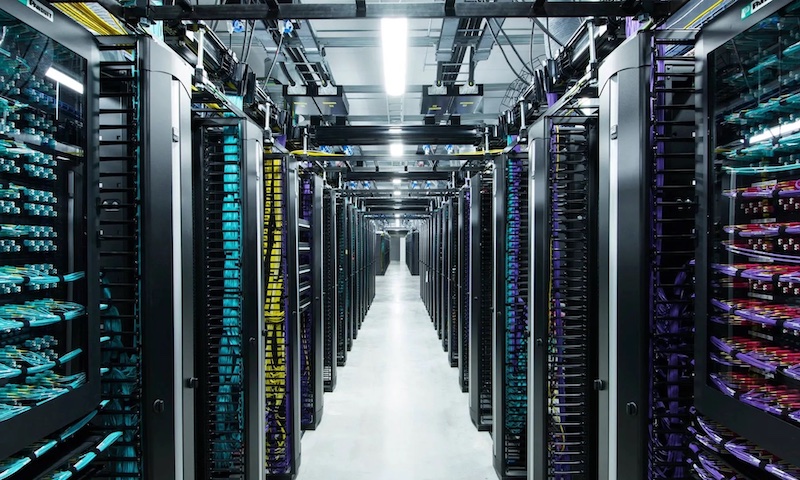The Future of Data Center Cooling: Innovations for Sustainability

According to a new study released today by EPRI, data centers could consume up to 9% of U.S. electricity generation by 2030—more than double the amount currently used. This could create regional supply challenges, among other issues. Better cooling solutions is one of the key factors for energy saving of data center from now on.
Data Center Cooling Design and Optimization
Data center cooling isn't merely about installing fans and other coolants. It's about balancing design and optimization, implementing both efficiency and efficacy. Strategic design combined with optimization ensures that IT equipment can function without overheating while reducing environmental impact.
Below are some important factors for optimizing data center performance.
Hot/cold aisle containment: By configuring server racks in alternating rows — with cold air intakes facing one way and hot air output on the other — data centers can create hot and cold ‘corridors’. This maximizes efficiency by ensuring cooled air is where it's needed most, while preventing the mixing of hot and cold air.
Airflow management: By optimizing airflow through vents and barriers, data centers can minimize areas of stationary air. Proper airflow management lowers cooling costs by reducing the need to compensate for warm spots. It also helps ensure that cooling is constant throughout the facility.
Working inside safe limits: Modern IT equipment is actually quite resilient. The American Society of Heating, Refrigerating and Air-Conditioning Engineers (ASHRAE) publish temperature standards that give safe operating conditions for common equipment. In some cases, maintaining a slightly warmer temperature — if safe — can save considerable energy.
Preventing downtime: Internet of Things (IoT) devices, machine learning, and automated systems can help data center operators spot problems before they happen. By monitoring systems and installing timely patches and upgrades, facilities can prevent downtime and improve efficiency further.
Humidity control: Finally, managing humidity is crucial. Too much can lead to hardware damage, while too little can create damaging static electricity.
Data Center Cooling Trends and Future
Looking to the future of data center cooling, we see several exciting trends that can help further reduce the industry’s environmental impact. Using new technologies and strategic data center design, for example, could prove vital.
1. Adaptive Cooling: Employing AI with cooling systems promises more adaptability than ever. These solutions continually learn and adjust to the specific cooling needs of each data center in real-time — reducing over-cooling and energy waste.
2. Edge Data Centers: We could see even more data centers placed in strategic 'edge' locations in the future. These edge centers ensure low-latency data delivery and introduce innovative cooling possibilities in their unique settings.
3. Sustainable Energy: While it’s vital to become more efficient at energy management, it’s also possible to use energy from renewable sources. Solar or wind-powered data centers, for instance, are no longer a dream but a reality. Combining renewable energy sources with efficient cooling strategies presents a holistic approach to sustainability progress.
4. These innovations and changes, coupled with advanced cooling techniques, can help make future data centers increasingly energy efficient.
Various cooling systems are available in modern data centers. Each brings its own unique benefits and potential drawbacks. From traditional air cooling to liquid and immersion technologies, each has the power to help the global data center ecosystem reduce its energy and water consumption.
No matter which system is used, one thing remains true: Efficient data center design, grounded in best practices, amplifies cooling systems’ effectiveness. Manufacturers are looking to nature and technology for green innovations, ensuring that future data centers don't just deliver an excellent service — but do it sustainably.
Halnziye HY200 series thermal putty is specilzied for data center cooling, HY204(4.0W/m-K), HY206(6.0W/m-K) and HY208 (8.0W/m-K), they are thicker than ordinary thermal paste, better for chipsets of data center.

 中文
中文



.png) Search
Search


 >
>  Return to List
Return to List